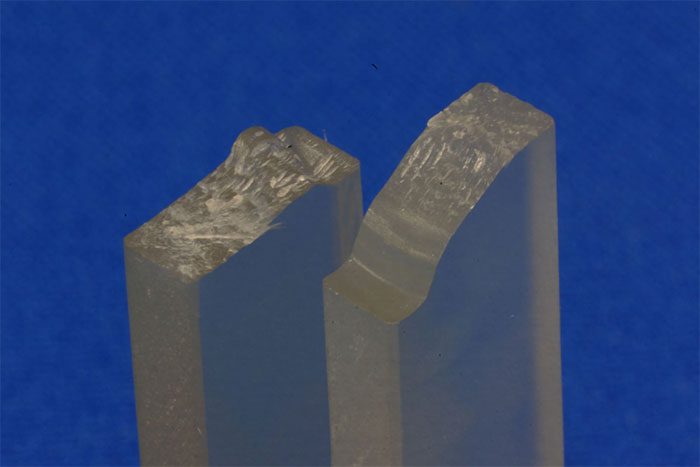A group of Japanese researchers announced on April 10 that they have developed a new type of biodegradable plastic that is not only durable but also decomposes rapidly in seawater and can be produced on a large scale.
According to a report published in the American scientific journal ACS Sustainable Chemistry and Engineering, scientists from Kobe University and several other organizations discovered a new type of biodegradable plastic made from polylactic acid (PLA), a polyester derived from starch sources such as sugarcane and corn.

New biodegradable plastic made from polylactic acid. (Photo: kobe-u.ac.jp)
Polylactic acid, also known as polylactide, has gained attention as an alternative to petroleum-based plastics, but this material is brittle and difficult to mold and dissolve. The researchers subsequently developed a degradable polylactide called LAHB, but it was challenging to mass-produce. To overcome these limitations, the research team utilized a type of bacteria known as lactate dehydrogenase that can produce plastic, and through genetic modification, they were able to mass-produce LAHB.
LAHB itself is opaque white; however, the research team achieved the typical transparent appearance of the new plastic by adding a small amount of LAHB to regular polylactic acid.
The Japanese government hopes to increase the country’s usage of biodegradable plastic to approximately 2 million tons by 2030.
This new discovery brings hope for addressing the issue of plastic waste in the world’s oceans. According to the Organisation for Economic Co-operation and Development (OECD), in 2022, there were about 30 million tons of plastic waste in the oceans.
Professor Seiichi Taguchi of Kobe University, a member of the research team, believes that the development of this new biodegradable plastic will help combat global warming and promote the industrial production of such biological products.


















































